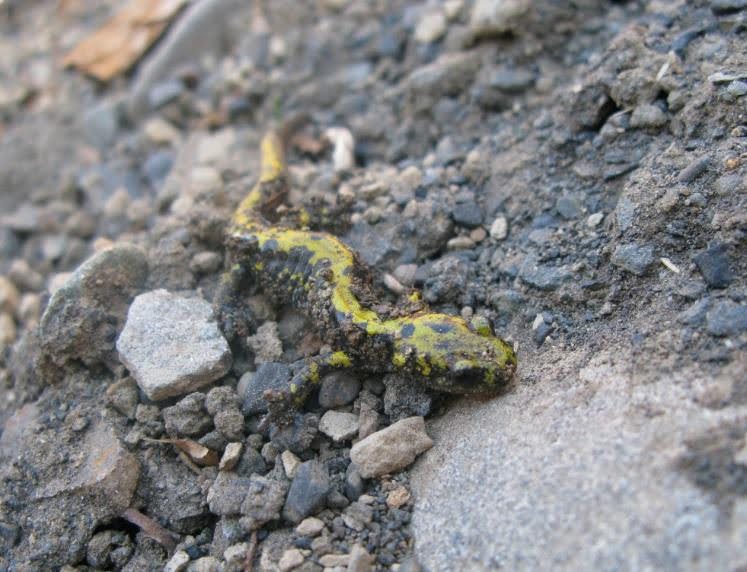Wildlife Surveys
Wildlife surveys are most often required to collect baseline data in advance of assessing project effects. One of the key areas of study during an Environmental Assessment (EA) and cumulative effects assessment is wildlife and wildlife habitat data collection. Wildlife survey results are then used to develop environmental management plans such as Caribou Mitigation and Management Plans and Wildlife and Wildlife Habitat Monitoring Plans.

Collecting data while you sleep since 2006.
Wildlife Survey Standards
Our Registered Professional Biologists (R.P.Bio.) pride themselves on collecting reliable data according to the Government of BC’s Terrestrial Ecosystems Inventory Standards as well as the most recent developments in survey guidance. We’ve developed internal best management practices to ensure our clients receive the same quality of data regardless of the location or team conducting the work.
We are familiar with regulatory agencies and processes necessary to obtain wildlife permits for wildlife surveys and to respond to complications during a project (e.g., such as the need for an amphibian salvage. We support proponents to comply with the BC Wildlife Act, federal Wildlife Act, federal Migratory Bird Convention Act, and federal Species at Risk Act.

We have really tiny biologists to get into the small places.
Wildlife Survey Examples
Our professional biologists have a range of wildlife experience as described below:
- Amphibian and reptile breeding surveys to detect pond or stream breeding species;
- Winter track surveys to record tracks of ungulates (e.g., caribou, moose, deer, elk), large mammals (e.g., wolves, lynx, coyote) and small-medium mammals (e.g., river otter, mink, snowshoe hare, rodent species);
- Species at risk surveys to detect species considered to be endangered, threatened and/r of special conservation concern (e.g., Pacific water shrew);
- Breeding bird surveys and pre-clearing nest surveys are commonly conducted by our team and described here;
- Remote camera surveys for long term monitoring (e.g., identification of wildlife corridors or active bear dens); and
- Aerial surveys typically conducted for caribou or other ungulates
PGL’s Approach
PGL collaborates with Indigenous Groups to incorporate Indigenous knowledge when conducting wildlife inventories. This information is integral in developing land use plans, assessing impacts to Indigenous rights (such as hunting), and developing Indigenous community-based monitoring programs.
Our team has extensive experience conducting wildlife surveys in the lower mainland and across western Canada. We can support you throughout the EA process from wildlife data collection to developing the EA and associated management plans.
If you have an active black bear den or explosion of western toads at your work site, we can help you to find the most efficient next steps in meeting best management practices and getting your project back up and running.